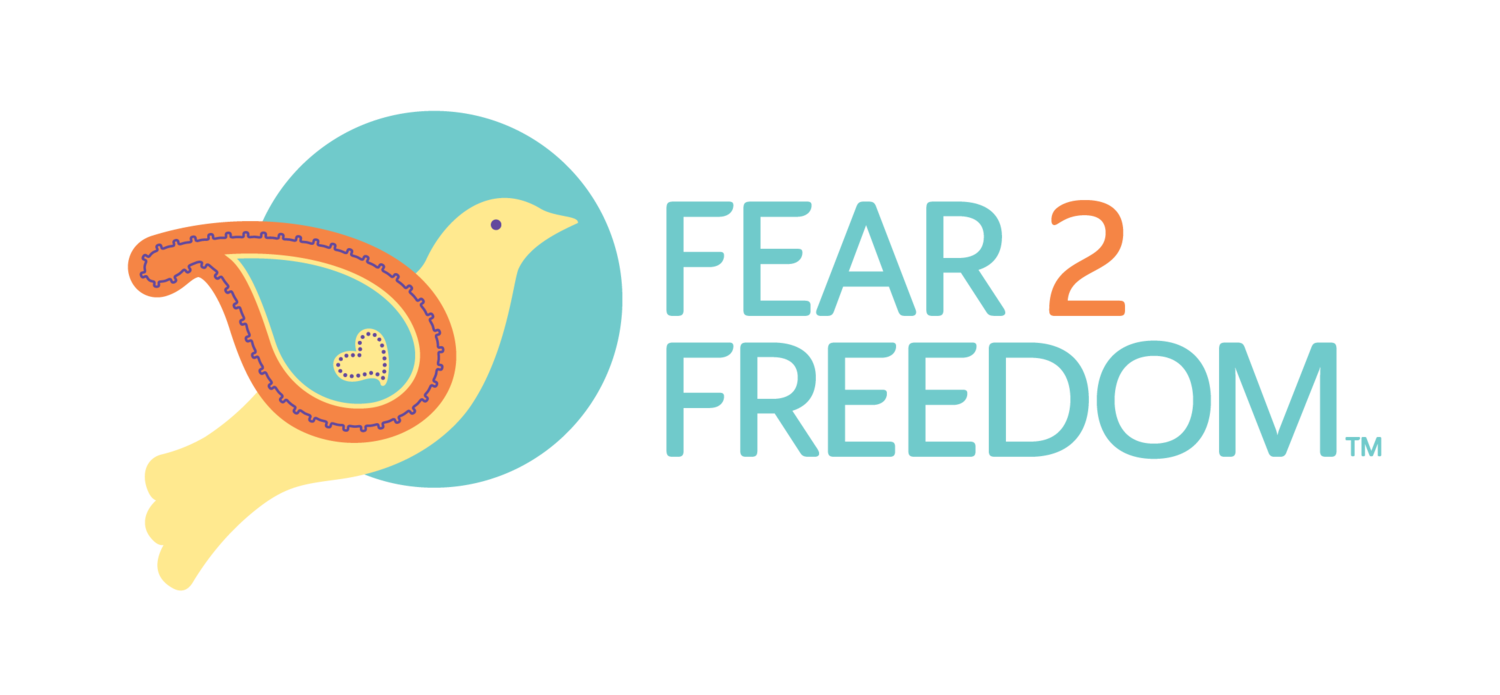By Maddie Habron
For Women’s History Month, we are sharing one of the unsung heroes of the sexual violence awareness and prevention world: Marty Goddard. Since she invented the rape kit in the 1970s, it has revolutionized evidence gathering and helped to bring thousands of perpetrators to justice. While not every person who has experienced sexual violence undergoes this medical and forensic process, for some it is an important part of their journey.
In the 1970s, sexual violence was an insurmountable social challenge. Sexual harassment was common and seen everywhere. A husband could rape his wife without fear of legal consequences. Contemporary studies found that domestic violence was “virtually nonexistent.” The only kind of rape that was recognized was “stranger rape” and even then, survivors faced significant push-back and blame from authorities.
It was in this era that Marty Goddard was working with teenage runaways. These young girls were often survivors of sexual abuse. They ran away from their homes looking for safety, not adventure. Sexual assault service centers, providing victim-centered services, were just starting to be developed. Even if a victim found their way to one of these locations, there was no way to find the perpetrator after the crime had been committed. Marty knew that there had to be some way to collect evidence from the crime scene: the victim’s body.
After years of making connections within the police department, Marty worked with Chicago police Sgt. Louis Vitullo to standardize the rape kit process. Despite developing the premise for the rape kit, Marty’s name appeared nowhere in newspapers or in the trademark information. Within ten years, rape kits were widely used in Chicago and began to spread across the country. Marty continually fought to expand the use of forensic evidence in sexual assault investigations. In 2015, Marty Goddard passed away, but her legacy lives on.
The modern PERK (physical evidence recovery kit) remains mostly the same. It comes in a 8x11 box. The box contains instructions for the examiner, forms for documenting the evidence gathered, tubes, paper bags, swabs, dental floss, envelopes, and boxes: all intended to gather DNA and other forensic evidence from the patient’s body.
The PERK exam begins with a detailed medical history, a narrative of the assault, then the evidence collection. While the PERK exam and other versions of this forensic process are medically important, sometimes the PERK Exam is just as traumatic as the act of violence itself. The patient’s informed consent is key. The forensic nurse performing the exam will stop at any point that the patient is uncomfortable. In the early hours after an assault, giving patients a choice is an important step in helping them restore their sense of bodily autonomy.
For help locating your local PERK providers check this provider map and this program listing. Still having trouble? Call RAINN’s National Sexual Assault Hotline to get connected to support services in your area: 1-800-656-4673
Updated 3/22/2022 to include service provider locator options.
